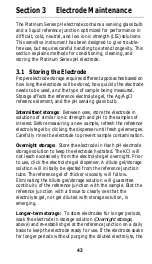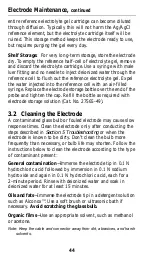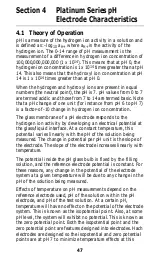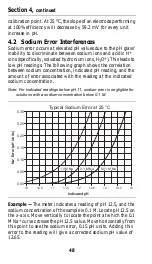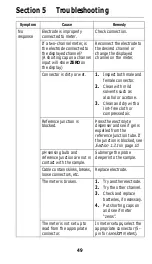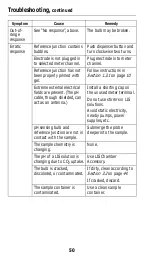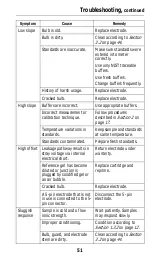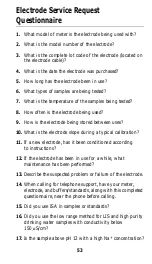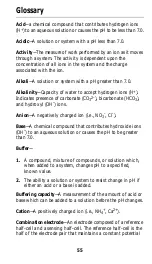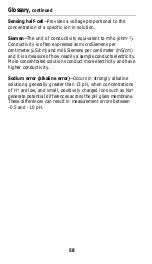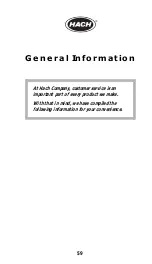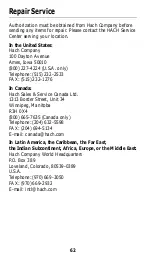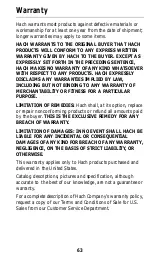
55
Glossary
Acid—a chemical compound that contributes hydrogen ions
(H
+
) to an aqueous solution or causes the pH to be less than 7.0.
Acidic—A solution or system with a pH less than 7.0.
Activity—The measure of work performed by an ion as it moves
through a system. The activity is dependent upon the
concentration of all ions in the system and the charge
associated with the ion.
Alkali—A solution or system with a pH greater than 7.0.
Alkalinity—Capacity of water to accept hydrogen ions (H
+
).
Indicates presence of carbonate (CO
3
2-
), bicarbonate (HCO
3
),
and hydroxyl (OH
-
) ions.
Anion—A negatively charged ion (i.e., NO
3
-
, Cl
-
).
Base—A chemical compound that contributes hydroxide ions
(OH
-
) to an aqueous solution or causes the pH to be greater
than 7.0.
Buffer—
1. A compound, mixture of compounds, or solution which,
when added to a system, changes pH to a specified,
known value.
2. The ability a solution or system to resist change in pH if
either an acid or a base is added.
Buffering capacity—A measurement of the amount of acid or
base which can be added to a solution before the pH changes.
Cation—A positively charged ion (i.e., NH
4
+
, Ca
2+
).
Combination electrode—An electrode composed of a reference
half-cell and a sensing half-cell. The reference half-cell is the
half of the electrode pair that maintains a constant potential



